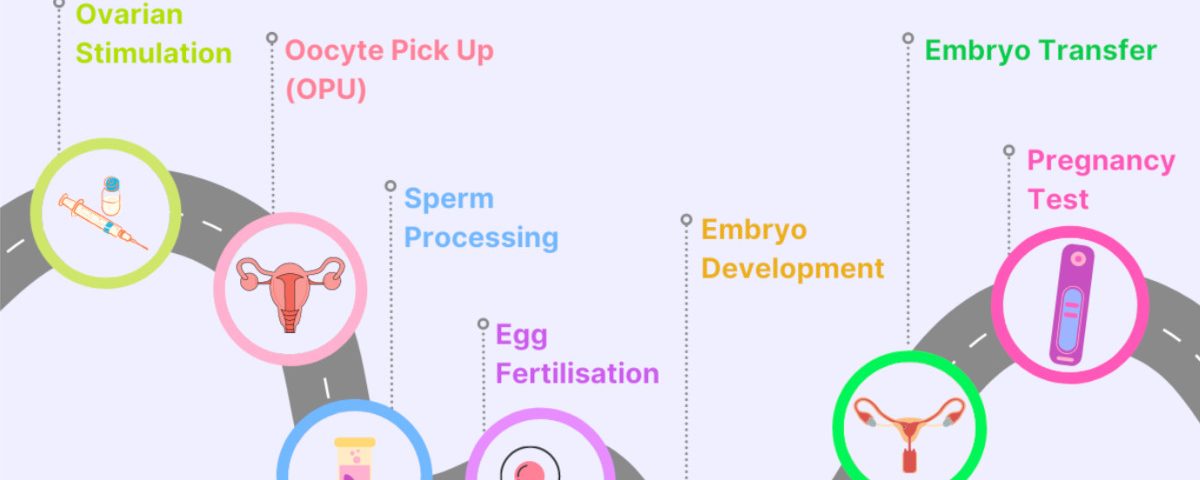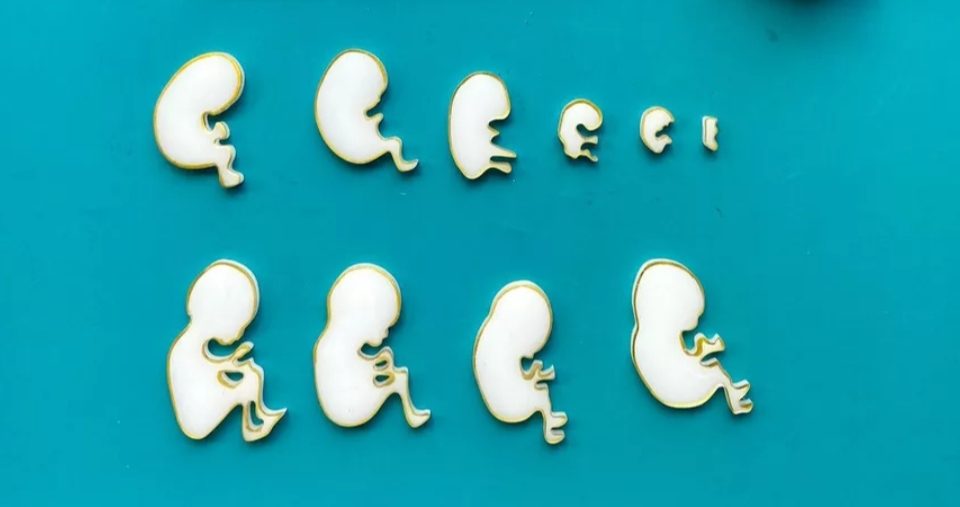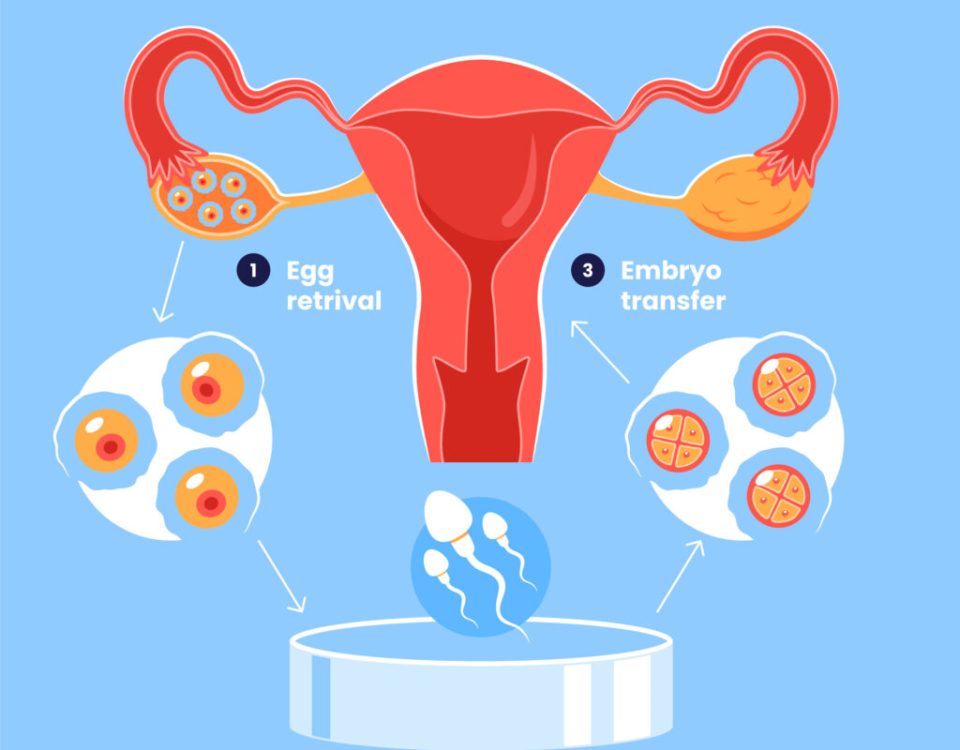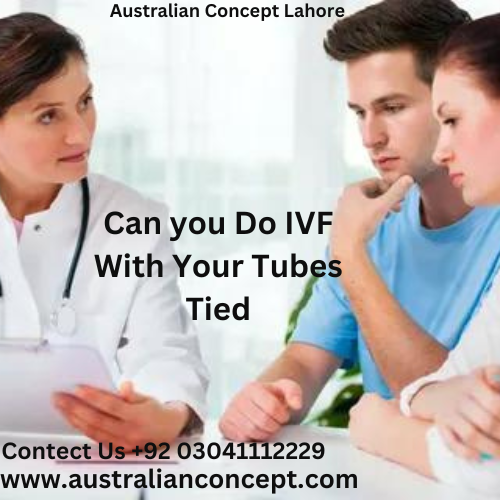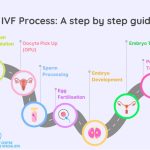
How Does IVF Work? A Step-by-Step Guide to In Vitro Fertilization
April 17, 2025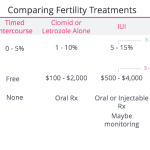
How Much Does IVF Cost in Texas?
April 17, 2025How IVF Works: A Step-by-Step Guide to Your Fertility Journey
In vitro fertilization, or IVF, is like a superhero for people dreaming of starting a family but facing roadblocks. It’s a process that takes eggs and sperm, mixes them in a lab, and helps create a tiny embryo that could become a baby. If you’ve ever wondered how this incredible science works—or if it might be right for you—this guide will walk you through every step. We’ll break it down into bite-sized pieces, share the latest insights, and even sprinkle in some real-life tips to make it all feel less like a mystery and more like a journey you can handle.
IVF isn’t just a medical procedure; it’s a story of hope, patience, and a little bit of magic. Over 10 million babies have been born worldwide thanks to IVF since it started in 1978, and today, it’s more advanced than ever. Whether you’re curious about the basics or want to dig into the nitty-gritty details, let’s dive in and explore how IVF turns dreams into reality.
What Is IVF, Anyway?
IVF stands for “in vitro fertilization,” which is a fancy way of saying “fertilization in a glass.” The “in vitro” part comes from Latin, meaning outside the body. Unlike natural conception, where an egg and sperm meet inside a woman’s body, IVF happens in a lab. Scientists take eggs from the ovaries, combine them with sperm, and then place the resulting embryo back into the uterus to grow into a baby.
Think of it like baking a cake. Normally, the ingredients mix and bake inside an oven (your body). With IVF, the mixing happens in a special dish in a lab, and then the “cake” gets put into the oven to finish. It’s a way to help people who can’t conceive naturally—whether because of blocked tubes, low sperm count, or other challenges—get a shot at parenthood.
IVF is part of a bigger family of treatments called assisted reproductive technology (ART). It’s the most common and successful option out there, helping everyone from couples with infertility to single parents and same-sex partners build their families. And it’s not just for the rare cases—about 2% of all babies born in the U.S. today come from IVF.
Who Might Need IVF?
IVF isn’t a one-size-fits-all solution—it’s a tool for specific situations. Here’s who might turn to it:
- Blocked or damaged fallopian tubes: If the tubes that carry eggs to the uterus are clogged, sperm can’t reach the egg naturally.
- Low sperm count or quality: When sperm struggle to swim or aren’t numerous enough, IVF can step in to help.
- Endometriosis: This condition, where tissue grows outside the uterus, can mess with fertility.
- Age-related fertility decline: As women get older, egg quality drops, making IVF a helpful boost.
- Unexplained infertility: Sometimes, doctors can’t pinpoint why conception isn’t happening—IVF can bypass the mystery.
- Same-sex couples or single folks: Using donor eggs, sperm, or surrogates, IVF opens doors to parenthood.
Real talk: IVF isn’t the first step for everyone. Doctors might suggest simpler fixes like fertility drugs or intrauterine insemination (IUI) first. But when those don’t work—or the situation is more complex—IVF often becomes the go-to.
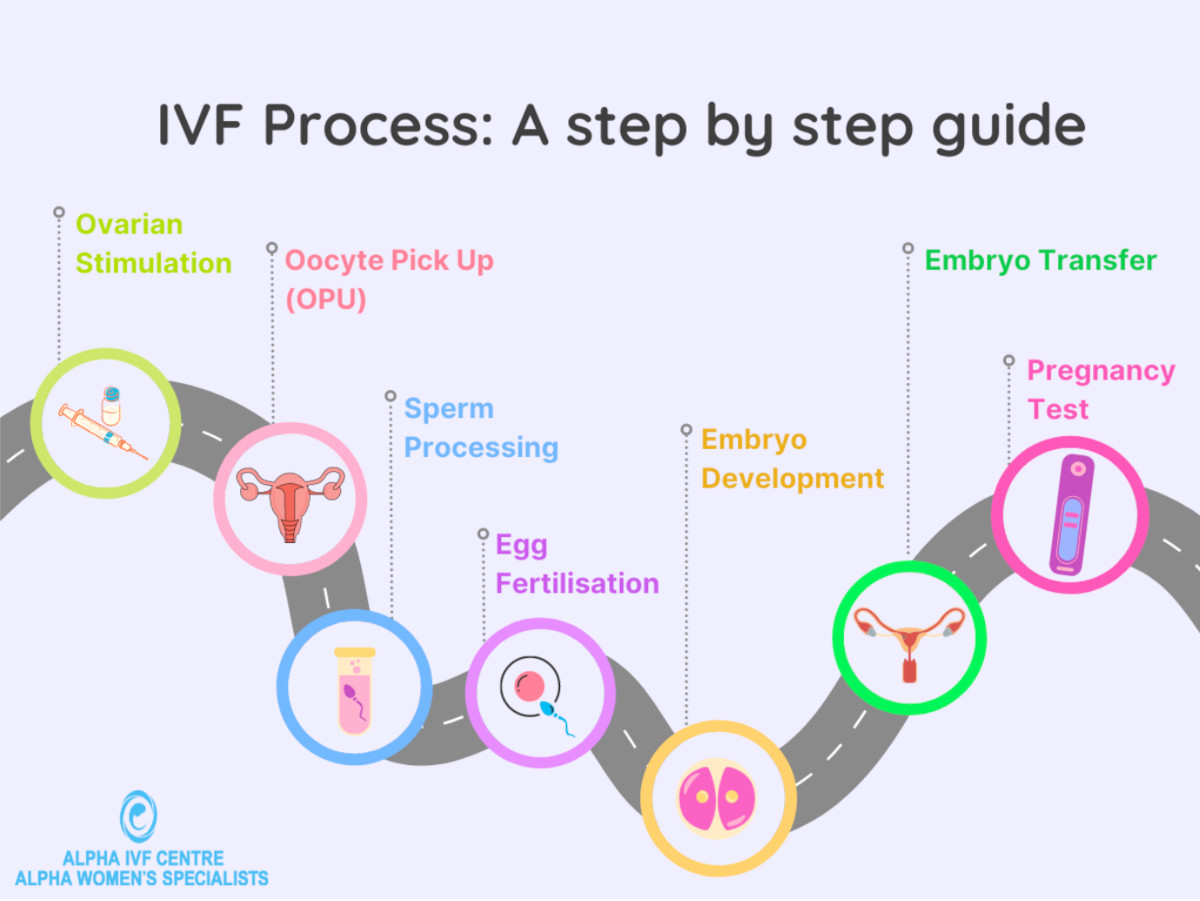
Step 1: Boosting Your Egg Supply
The IVF journey starts with getting your ovaries to produce more eggs than usual. Normally, your body releases one egg a month during ovulation. With IVF, the goal is to collect several eggs to increase the chances of success. How? Hormones.
You’ll take daily injections or pills for about 10-14 days to “supercharge” your ovaries. These meds, like follicle-stimulating hormone (FSH), tell your body to ripen multiple eggs at once. It’s like giving your ovaries a pep talk: “Hey, let’s make a whole team of eggs this time!”
What to Expect
- Monitoring: Doctors use ultrasounds and blood tests to check how your eggs are growing. It’s like keeping an eye on dough rising—you want it just right.
- Side Effects: You might feel bloated, moody, or tired. Some compare it to PMS on steroids, but it’s temporary.
Pro Tip: Keep a journal of how you feel each day. It helps you track side effects and gives you something to discuss with your doctor if things feel off.
Step 2: Collecting the Eggs
Once your eggs are ready—usually when they’re about the size of a grape seed—it’s time to retrieve them. This step, called egg retrieval, happens about 36 hours after a final “trigger shot” of hormones that ripens the eggs.
Here’s how it goes down:
- You’ll be sedated (no pain, just a nice nap).
- A doctor uses an ultrasound-guided needle to gently pull the eggs from your ovaries through your vagina. It takes about 20-30 minutes.
- You wake up, rest for a bit, and head home the same day.
Fun Fact
A typical retrieval grabs 8-15 eggs, but it varies. More eggs mean more chances, but quality matters just as much as quantity.
Heads-Up: Some folks feel cramping or spotting afterward. Rest up, sip water, and take it easy for a day or two.
Step 3: Fertilizing the Eggs
Now the lab magic happens. The eggs meet the sperm in one of two ways:
- Traditional IVF: Eggs and sperm are mixed in a dish, and nature takes its course. Sperm swim to the egg and fertilize it—like a tiny dating game.
- ICSI (Intracytoplasmic Sperm Injection): If sperm need a nudge (say, due to low count or poor movement), a scientist picks one healthy sperm and injects it directly into an egg. It’s like a VIP pass to fertilization.
Over the next 3-5 days, the fertilized eggs grow into embryos. Scientists watch them closely, checking for healthy development. Think of it as a nursery for your future baby—only the strongest embryos move forward.
Did You Know?
Not all eggs fertilize, and not all fertilized eggs become embryos. On average, about 60-70% of eggs make it to this stage, depending on age and health.
Step 4: Growing Healthy Embryos
The embryos spend a few days in the lab, growing from a single cell to a ball of 100+ cells called a blastocyst. This is the stage most likely to implant in the uterus. Doctors grade them based on how they look—kind of like picking the ripest fruit at the store.
Fresh vs. Frozen
- Fresh Transfer: Embryos go into the uterus 3-5 days after retrieval.
- Frozen Transfer: Embryos are frozen and transferred later. Freezing is super common now—studies show frozen embryos often have higher success rates because the uterus gets time to recover from all those hormones.
Quick Quiz: Would you rather transfer fresh or frozen embryos? (No right answer—just think about what feels right for you!)
Step 5: Transferring the Embryo
Time to put the embryo where it belongs! This step is quick and painless:
- A thin tube (catheter) slides through your cervix into your uterus.
- The embryo is gently placed inside—guided by ultrasound so the doctor nails the spot.
- You rest for a few minutes, then head home.
Doctors might transfer one embryo (to avoid twins) or two, depending on your age and situation. Any extras? They can be frozen for later.
Aftercare Tip
Rest for the day, but don’t stress about lying flat 24/7. Studies show normal activity won’t hurt your chances—just skip the heavy lifting.
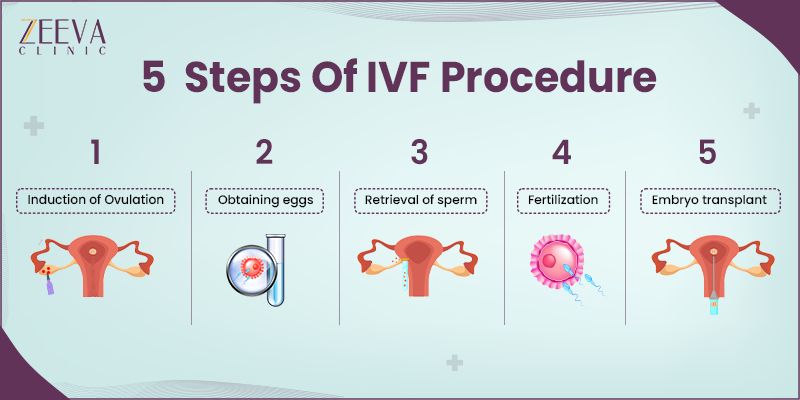
Step 6: The Two-Week Wait
Now comes the hardest part: waiting. About 12-14 days after the transfer, you’ll take a pregnancy test. Your body needs time to see if the embryo implants and starts growing.
What’s Happening Inside?
- The embryo burrows into the uterine lining.
- If it sticks, it releases hormones (like hCG) that signal pregnancy.
Do This: Keep busy—watch a new show, bake cookies, or call a friend. Distraction is your best buddy here.
Don’t Do This: Test too early. It can give false results and mess with your emotions.
How Successful Is IVF?
Success isn’t guaranteed, but the odds are better than ever. Here’s the latest scoop from 2021 data (Society for Assisted Reproductive Technology):
- Under 35: 45% of cycles lead to a live birth.
- 35-37: 32% success rate.
- 38-40: 20%.
- Over 42: Drops to under 3%.
Age is the biggest factor—younger eggs and bodies tend to do better. But other things play a role too: lifestyle (smoking cuts your odds), embryo quality, and even the clinic’s expertise.
Boost Your Chances
✔️ Eat a balanced diet—think veggies, lean protein, and healthy fats.
✔️ Sleep 7-8 hours a night—your body loves routine.
❌ Skip the caffeine overload—stick to one cup a day.
❌ Don’t stress (easier said than done, right?). Try yoga or a walk.
What’s New in IVF? Fresh Research and Trends
IVF isn’t standing still—science keeps pushing it forward. Here are three game-changers you won’t find in every article:
1. AI Picks the Best Embryos
Labs are now using artificial intelligence to spot the healthiest embryos. A 2023 study found AI can predict success 10% better than human eyes alone. It’s like having a super-smart assistant in the lab.
2. Minimal Stimulation IVF
Instead of pumping you full of hormones, some clinics offer “mini-IVF” with lower doses. It’s gentler on your body and wallet—perfect if you’re sensitive to meds or over 40. Success rates are slightly lower, but it’s gaining fans.
3. Uterine Microbiome Matters
New research shows the bacteria in your uterus might affect implantation. A 2024 study suggested balancing your microbiome (with probiotics or diet) could up your odds. It’s early days, but it’s a hot topic on X right now—people are buzzing about “gut health for IVF.”
The Emotional Side of IVF
IVF isn’t just physical—it’s a rollercoaster of feelings. One day you’re hopeful; the next, you’re anxious. That’s normal. Here’s how to cope:
- Talk It Out: Join a support group (online or in-person). Hearing “I’ve been there” can lift a huge weight.
- Set Small Goals: Celebrate each step—egg retrieval, transfer day—like mini victories.
- Lean on Your Team: Your partner, friends, or a therapist can be your cheer squad.
Real Story: Sarah, a 36-year-old from California, said her IVF failed twice before working. “I cried a lot, but my husband kept me laughing. That third time, we got our twins. It’s worth the ride.”
Costs and Coverage: What to Know
IVF isn’t cheap—expect $12,000-$25,000 per cycle in the U.S. That covers meds, retrieval, lab work, and transfer. Insurance varies wildly:
- Some states (like New York) mandate coverage.
- Others leave you footing the bill.
Money-Saving Hacks
- Shop Clinics: Prices differ—call around.
- Grants: Groups like Baby Quest offer financial help.
- Mini-IVF: Lower drug doses mean lower costs.
Poll Time: How much would you spend on IVF? $10K? $20K? More? (Drop your answer in your head—or chat with a friend!)
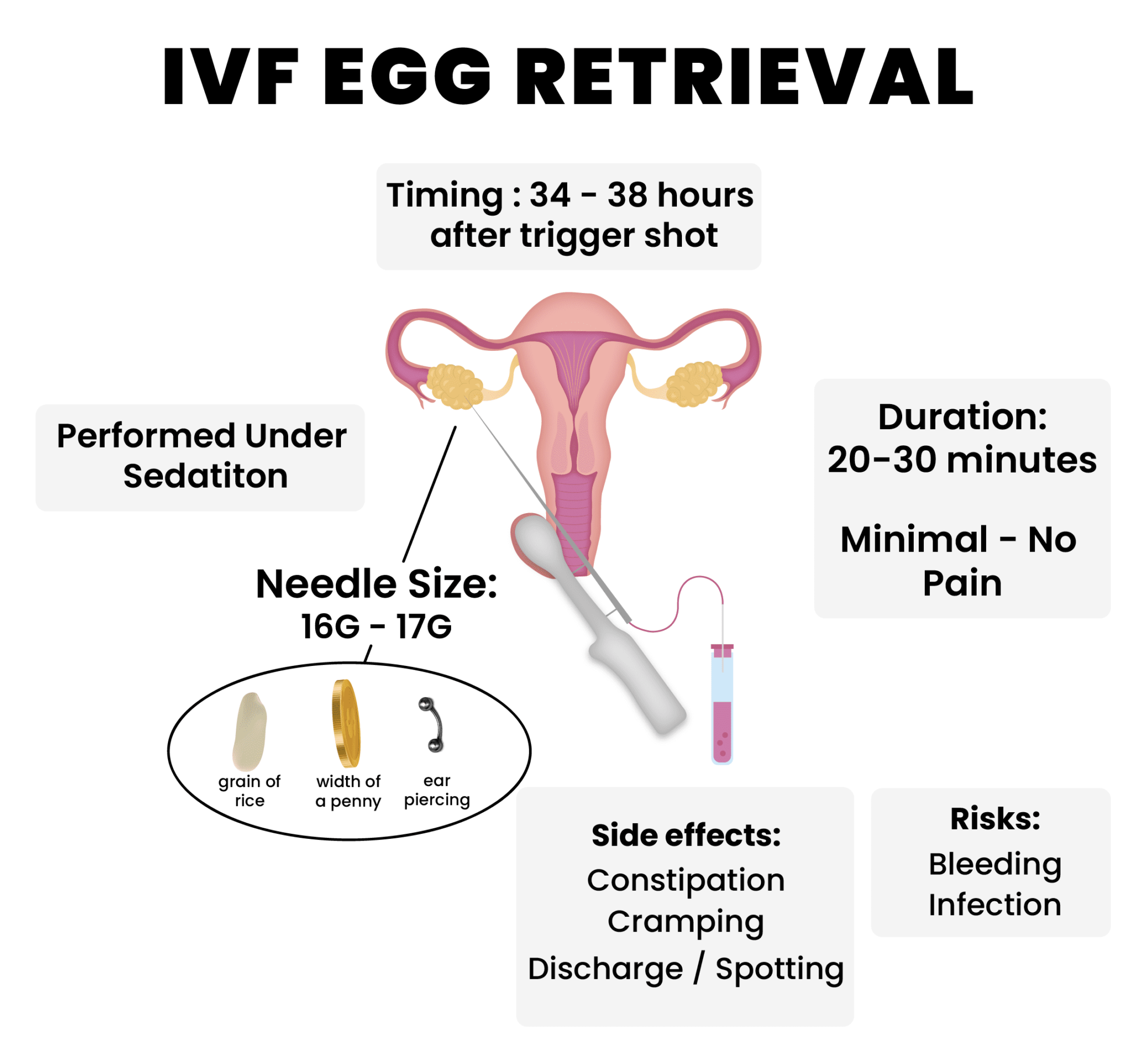
Risks and Realities
IVF is safe, but it’s not risk-free. Here’s the rundown:
- Multiple Births: Twins or triplets happen in 20-25% of cases—cute, but risky for mom and babies.
- Ovarian Hyperstimulation Syndrome (OHSS): Rare (1% of cycles), but it can cause bloating or pain if ovaries overreact to meds.
- Emotional Toll: The ups and downs can hit hard.
Doctors tweak the process to keep risks low—fewer embryos, gentler meds. You’re in good hands.
IVF Around the World
IVF isn’t the same everywhere. In Japan, cherry blossom season (trending on X now) reminds people of new beginnings—and IVF use is soaring. In the UK, the NHS offers up to three free cycles if you’re under 43. In the U.S., it’s more private-pay, but federal workers got a $25,000 IVF benefit boost in 2024.
Unique Insight: In Australia, a new tool called YourIVFSuccess estimates your odds based on real data—way more personalized than generic stats.
Your IVF Action Plan
Ready to explore IVF? Here’s your starter kit:
- Find a Clinic: Look for high success rates and good reviews. The CDC’s ART Success Rates tool is gold.
- Ask Questions: How many embryos will they transfer? What’s their freezing tech like?
- Prep Your Body: Start a prenatal vitamin now—folate is your friend.
- Budget Smart: Save up or research aid options early.
The Future of IVF: What’s Next?
IVF’s future is wild. Scientists are testing “artificial wombs” to grow embryos longer outside the body. Gene editing could zap out inherited diseases before transfer. And that uterine microbiome idea? It might become standard prep in a decade.
For now, IVF is a bridge—a way to connect you to the family you’ve been dreaming of. It’s not perfect, but it’s powerful. And with every new tweak, it gets a little closer to magic.

